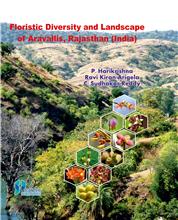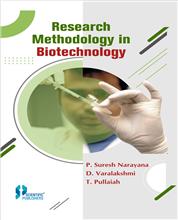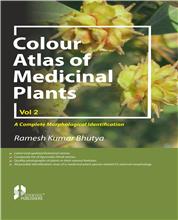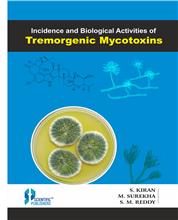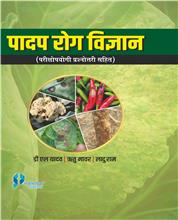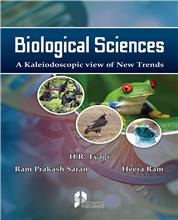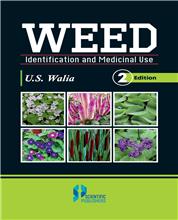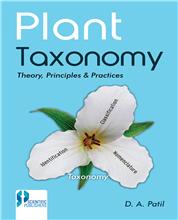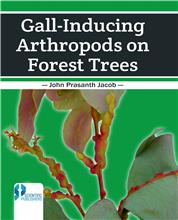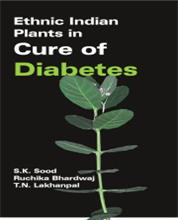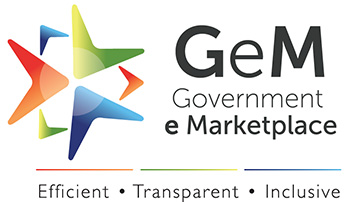In recent times, there has been emergence of research concerning indigenous knowledge worldwide. Ethnobotany, especially ethnomedicine, is now regarded as a distinct academic branch of the natural sciences. The scientific study of relationships between humans and plants is evident among tribal communities, rural folks, and forest dwellers. The knowledge of primetime societies is now well recognized and is being defined in different terms. Today, this research approach has become an important and crucial area for developing resources and conserving them at genetic, species, and ecosystem levels. It has a direct bearing on socio-economic development and human welfare. In the realm of medicine, 'Wonder Drugs' such as quinine ephedrine, khellin, digoxin, gugulipid, etc. have been discovered from plants traditionally used by these societies. The potential of ethnomedicinal investigations has perhaps been even more promising in the search for new molecules of medicinal significance. The culture and knowledge of indigenous people appear to be eroding at a faster rate than the plant species themselves. Therefore, there is an urgent need to document and preserve their traditional knowledge. In India, plant scientists are collaborating with primitive communities, forest dwellers, and rural populations to understand how local plant species are utilized by them. Information from local herbal vendors is also crucial as it often pertains to their traditional family businesses. Moreover, it is undeniable that their medicinal practices have withstood the test of time and continue to thrive in the modern era. However, this area of research in India has been largely overlooked, with very few documented reports available. In this context, the authors of this study conducted an extensive inventory in the North Maharashtra region of Maharashtra, India, to document the invaluable medicinal wisdom of these communities. This inventory has resulted in the development of a database that can be further studied on various scientific and rational grounds for the betterment of mankind.


